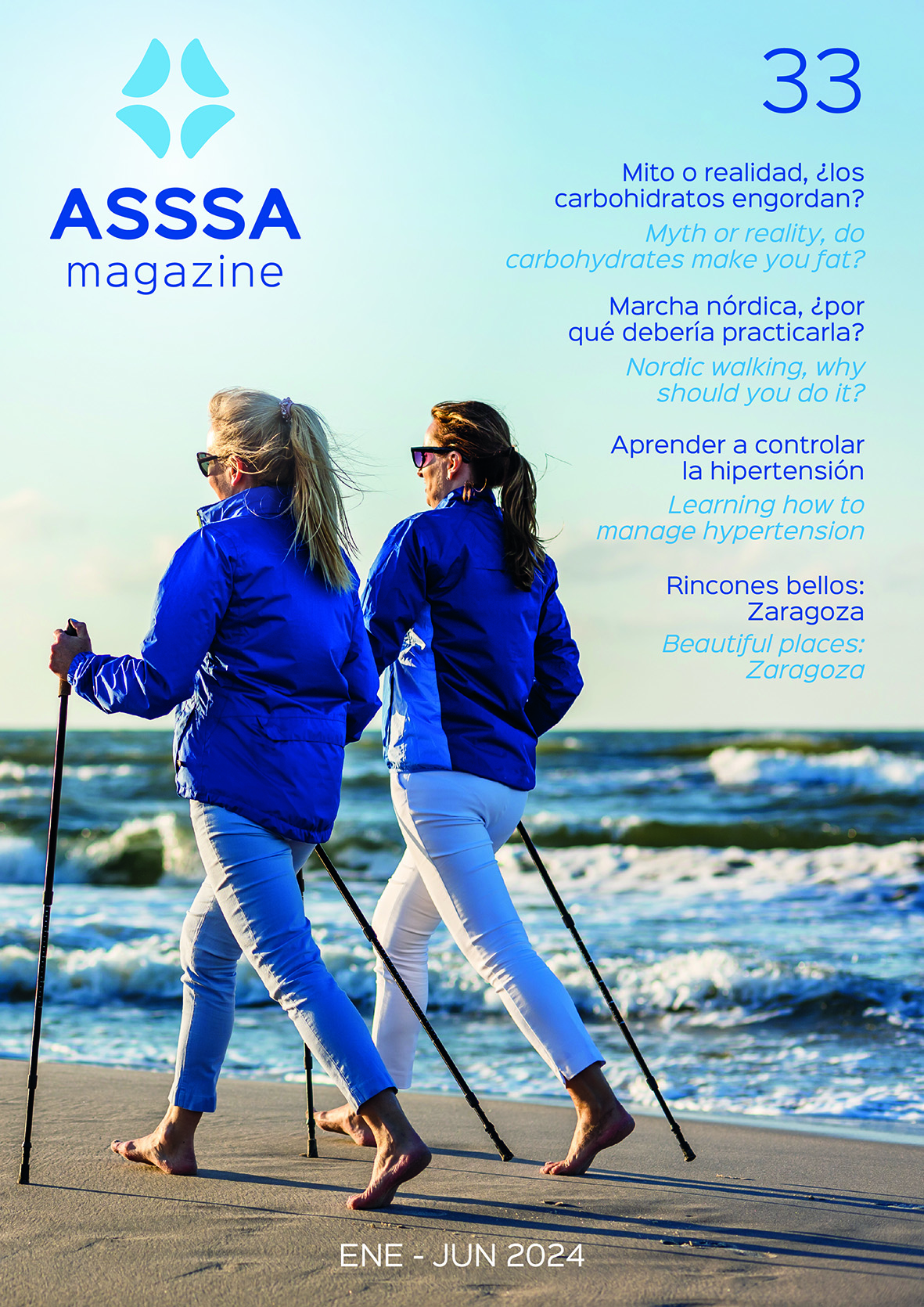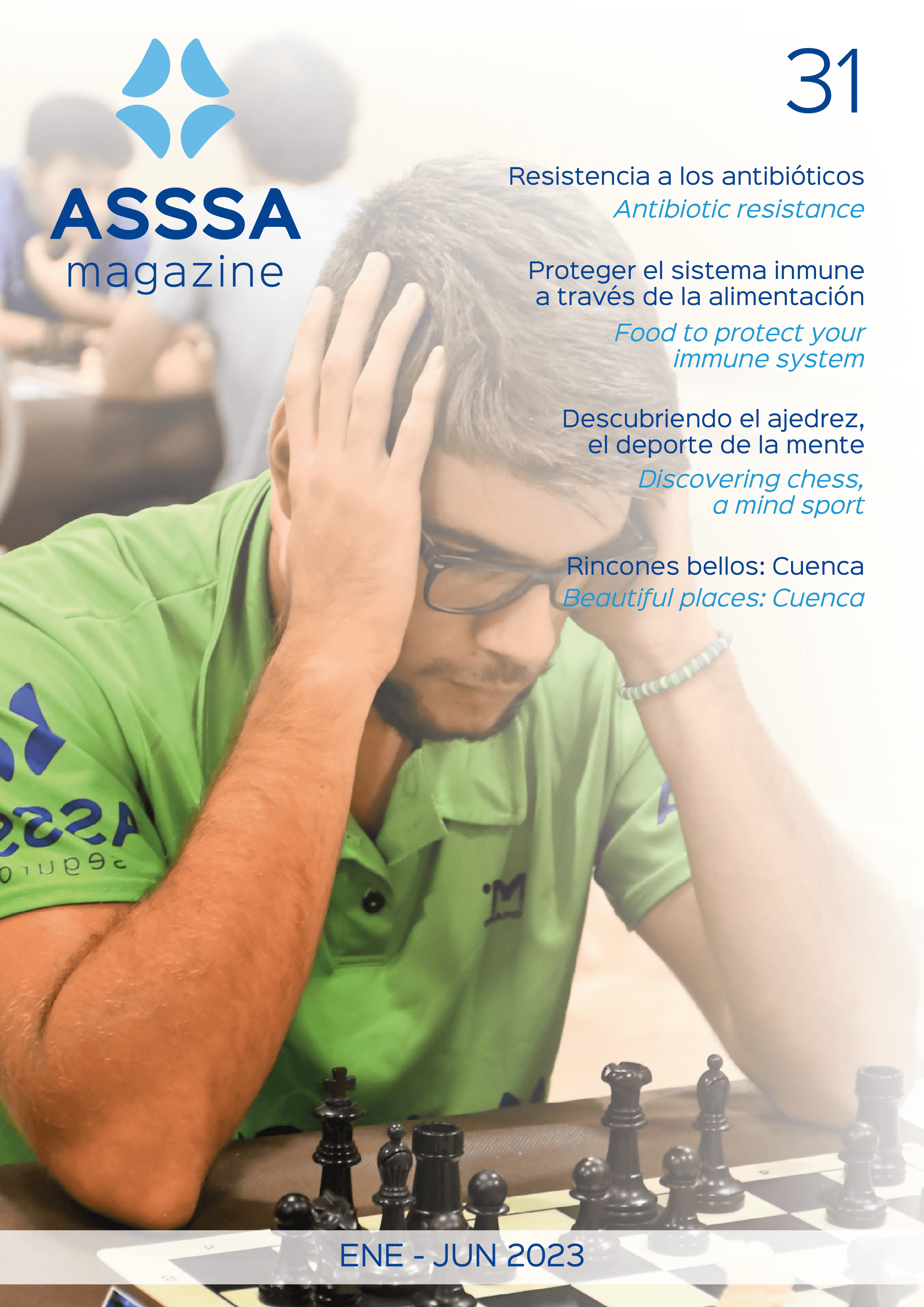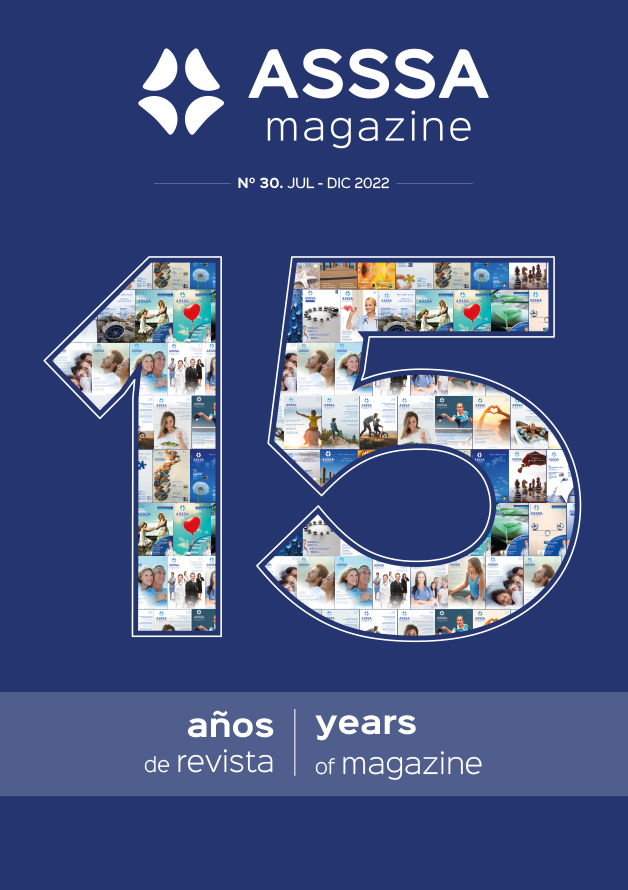
A cataract is total or partial clouding (opacification) of the crystalline lens of the eye, which slowly and progressively worsens evesight. A cataract can be the reason why a clear image turns fuzzy, briliant colours grow dim, there are problems with glare or night visión fails. It can also cause changes in graduation, which can be the reason why the patient notices that they can now read without needing Reading glasses or that progressive lenses no longer seem to be helpful. People may also experience myopia for the frist time, meaning that distant objects appear to be out of focus.
One hting is clear, the cataract always gests worse and visión becomes relentlessly and progressively impaired. There are no drugs, lifestyle chagnes or diets that can influence cataract appearance or delay it. When a cataract forms, the natural lens must be replaced by a new artificial lens. So, the only possible treatment for a cataract is surgery.
The major risk factor for the appearance of a cataract is age. A cataract is really nothing more than ageing of the crystalline lens, so everyone gets cataracts is they live long enough.Half the populaton aged between 65 and 75 have cataracts and the proportion of people over 75 with cataracts is 75%.Surgical treatment: the first thing to plan for is the appropriate time to have a cataract operation. In fact, the procedure can be carried out at any time, but the following points should be taken into account:
- The cataract Will worsen progressively.
- Surgery is always the final solution.
- The more mature the atarct, the more difficult is the surgery and the reisk of complications increases.
This is why the best time for cataract surgery is generrally when the patient’s los of visión starts to make everyday life difficult.
The technique we use is phacoemulsification through a small incision. An ultrasonic terminal is inserted through a micro-incision (between 1.8 and 2.2 mm) and the fragmented nucleus of the cataract is aspirated away, keeping hte capsule intact. Next, an intraocular flexible lensmade of synthetic material is inserted into the sack or capsule. This is used to crrect any refactive problems that existed prior to surgery ( hypermetropia, myiopia, astigmatism, presbyopia).
What are the advantages of this technique?
- Very short time in the operating theatre. No pain.
- Anaesthetic injection is not necessary, not necessary, nor are sticches.
- The eye does not need to be covered when the operation is finished.
- Hospitalisation is not necessary and the patient go home a few minutes after surgery.
- Recovery of visión is rapid and normal life can be resumed in a few days.
- Few post-operative visits are needed, usually three.
Previous refractive problems, if any, can be corrected (myopia, hypermetropia, astigmatism or presbyopia), depending on the intraocular lensimpalnted. The nee dto wear glasses is reduced.
Medication need not be suspended for any patien, which is especially important for patients taking anticoagulants.
Neither the patients’ age nor any pre-exysting health problems are a hindrance to having the procedure. Surgery can be undertaken without hositalisation.
Dr. Enrique Artiaga Elrodi Ophthalmic Specialist.
The information published in this media neither substitutes nor complements in any way the direct supervision of a doctor, his diagnosis or the treatment that he may prescribe. It should also not be used for self-diagnosis.
The exclusive responsibility for the use of this service lies with the reader.
ASSSA advises you to always consult your doctor about any issue concerning your health











